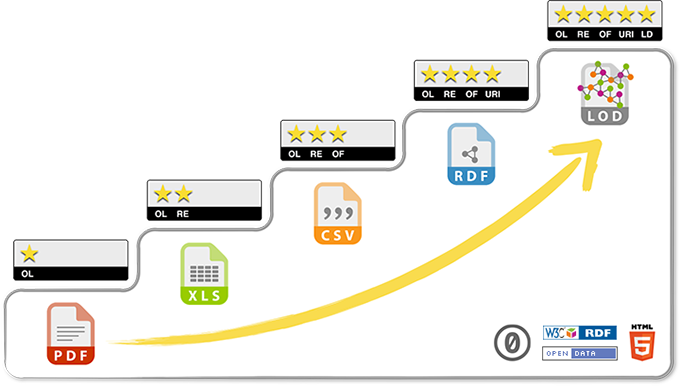Via Nate Maertens
- Oct 2023
-
www.opencampusmedia.org www.opencampusmedia.org
-
-
Skilled performance is all that matters.
-
- Nov 2017
-
wrapping.marthaburtis.net wrapping.marthaburtis.net
-
The College of Education faculty and administrators needed an ePortfolio because of increasing demands from the Commonwealth of Virginia to demonstrate students’ and graduates’ competencies.
-
-
www.imsglobal.org www.imsglobal.org
-
An institution has implemented a learning management system (LMS). The LMS contains a learning object repository (LOR) that in some aspects is populated by all users across the world who use the same LMS. Each user is able to align his/her learning objects to the academic standards appropriate to that jurisdiction. Using CASE 1.0, the LMS is able to present the same learning objects to users in other jurisdictions while displaying the academic standards alignment for the other jurisdictions (associations).
Sounds like part of the problem Vitrine technologie-éducation has been tackling with Ceres, a Learning Object Repository with a Semantic core.
-
-
events.educause.edu events.educause.edu
-
Moving to a Web of Linked Data for Credential Ecosystems
Oh? Credentials going Semantic? CBE going TBL?

Might be worth a deeper discussion with @jeffgrann, at some point.
-
-
www.imsglobal.org www.imsglobal.org
-
The IMS Global Competencies and Academic Standards Exchange™ specification (CASE)™ is used to exchange information about learning and education competencies. CASE also transmits information about rubrics, criteria for performance tasks, which may or may not be aligned to competencies.
Interesting that they explicitly talk about tasks which may not be aligned to competencies. Leaves room for co-curricular activities and microcredentials.
-
Thanks to @jeffgrann for the heads-up! Clearly, people have been waiting for this. We’ll have to wait for the concrete results (not all IMS Global activities make as big of a splash as the others). But it’s very interesting. And needed. For instance, Quebec uses a competencies model all the way to higher education (its Cégeps are post-secondary institutions for vocational training and pre-university education). Thing is, they lack consistent frameworks. CASE won’t make these magically appear, but at least it gives them room for impact.
-
- May 2016
-
elearningwiki.com elearningwiki.com
-
Competency-based learning
-
- Sep 2015